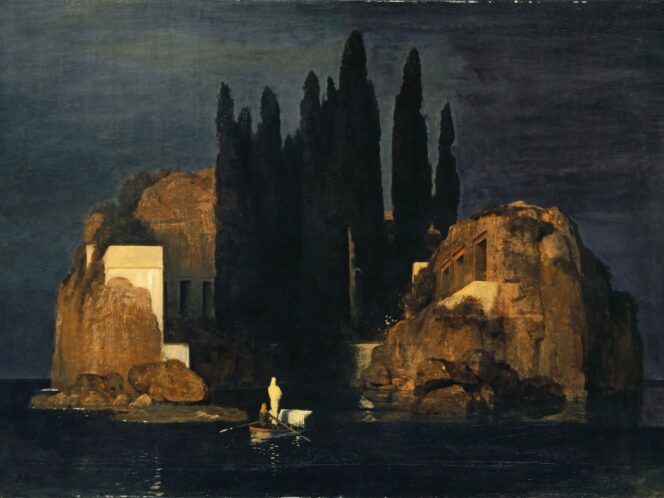
The silence of rituals, protective silence, silence as a reflection of the afterworld. People’s relationship with silence has had a long and rich history. Amid the noise of the present day, is there still a way back into this relationship?
“Only peace and quiet. […] You have no idea of its power.” remarks the anonymous protagonist of A Treatise on Shelling Beans, a novel by Wiesław Myśliwski, to his interlocutor, who has arrived from so-called high society. The narrator-protagonist goes on to describe how silence cyclically returns to the place where he is having the conversation with his guest: a colony of lakeside summer cabins, surrounded by woodland, with the river Rutka meandering nearby. Every year, silence is chased out of the area by the hustle and bustle of the summer season. The hubbub is brought by holidaymakers who talk quickly, at the top of their voices. They do their unfinished business over the phone. They play music, and leave the lights on in the cabins late into the night.
The cycle of nature
Is this summer bustling an attempt, on the holidaymakers’ part, to defend themselves against silence? What would happen if they let silence near them? What would it tell them? Perhaps it would turn out to be painful, embarrassing – or even infuriating? Perhaps it would fill them with sorrow? Oh yes, silence might be difficult, which is why it is best chased away. And yet it will come back, despite everything. It will slip into the colony late at night, along with its companions: darkness and stillness. It will settle in for good come autumn, when the exhausted nature gradually begins to die, losing its vitality, its colours, shapes and smells – and eventually becomes lethargic with the approach of winter. That is when it will be possible to experience silence once again. “To just listen intently – in the off-season of course – to the sky, the lake, the early morning, the sunset, the night when there’s a full moon, to go into the woods and listen to all the trees and bushes and plants, to lie down in the moss.” The protagonist of A Treatise on Shelling Beans encourages us to get carried away by the power of silence, despite everything, and agree to the terms it sets, the way it swells and recedes, depending on the season. The energy of silence is inextricably linked to the rhythm of nature, and that rhythm is defined by the cyclical rebirth and dying down of life.








